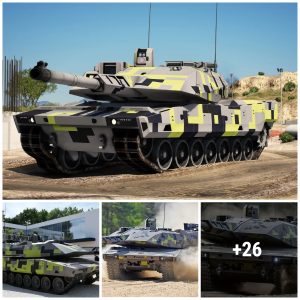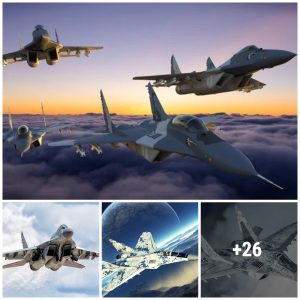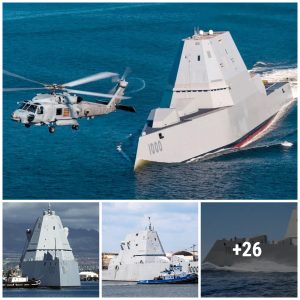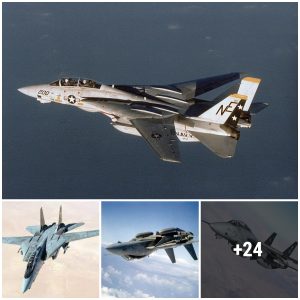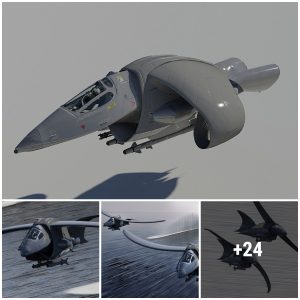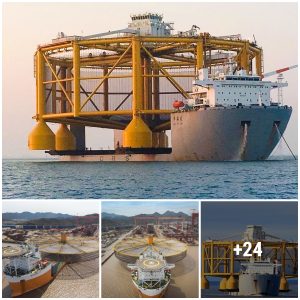Russian state media has reported that the Algerian Air Force has placed a large order for 18 Su-35 fourth generation fighters, which will serve alongside its already sizeable continent of specialised Su-30MKA twin engine air superiority jets in the country’s formidable air fleet.
Accounting for approximately half of all Russian arms export to the African continent, and one of the very largest importers of Russian arms in the world, Algeria has often been, alongside China, the very first to acquire the latest Russian armaments – maintaining close defence ties lasting well over fifty years and making use of a defence budget of approximately $10 billion to acquire some of the most capable Russian made arms available.
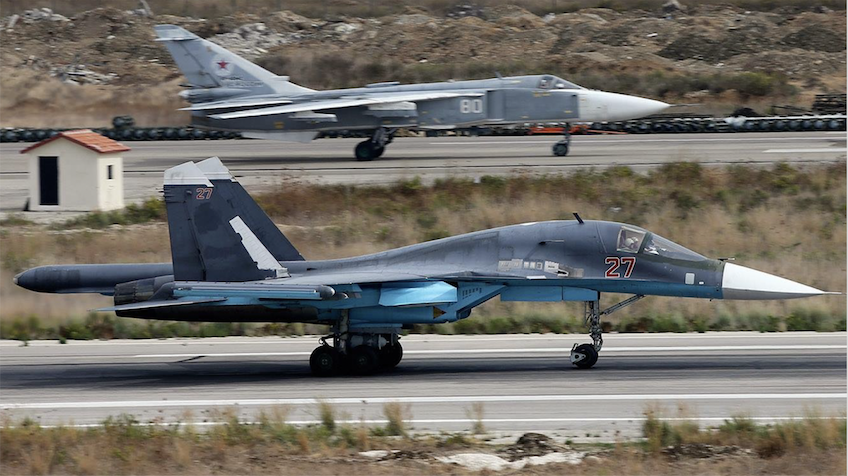
These have included BMPT-72 Terminator 2 tank support vehicles, T-90 battle tanks, Kilo Class submarines, Iskander ballistic missiles and according to several reports S-400 air defence batteries as well. Most recently, the country’s armed forces were seen near the end of July 2018 seen testing Pantsir-SM air defence platforms – a weapons system officially not yet in service.
This led to speculation that the weapons platform had been sold to Algeria before being supplied to Russia’s own armed forces, or else that the revolutionary new system was being jointly tested by the two countries – either of which would represent a unique degree of trust and cooperation between the two defence partners.

Algerian Air Force Su-30MKA Fighters
With approximately five dozen elite Su-30 air superiority fighters in service, it has long been speculated that Algeria would soon move to acquire the latest next generation Russian jets – the Su-35. With orders for the Su-35 having already been placed by China, Indonesia and, according to some reports, Sudan, Algeria has emerged as one of the first clients for the new jets.
Fielding what was during the Soviet era arguably the most capable jet for air to air combat ever exported by the USSR, the MiG-25 Foxbat interceptor – a platform extensively modernised to perform a complementary role to the country’s advanced air defence and air superiority assets, the Su-35 jets are set to replace these ageing aircraft as they near the end of their service lives.
While the next generation jets lack the MiG’s operational altitude and speed, with the Foxbat remaining to this day the fastest combat jet ever built, they compensate heavily for this across the spectrum – including in range, weapons payload, sensors, avionics, electronic warfare capabilities and manoeuvrability. The fighter’s supermanoeuvrability, provided by three dimensional thrust vectoring, combined with its radar cross section reducing airframe and ability to deploy up to 14 air to air missiles, the largest arsenal in the world, the aircraft is a considerable addition to the Algerian military.
Su-24 (back) and Su-34 Strike Fighters
Alongside the Su-35, Algeria’s armed forces are reportedly considering acquiring Su-34 strike fighters to modernise its air to ground capabilities. Already fielding a sizeable fleet of approximately two dozen Su-24 strike jets, an export variant of the Su-34 – reportedly named the Su-32 – will if equipped with the latest standoff munitions provide the country with some of the most advanced strike capabilities in the world.
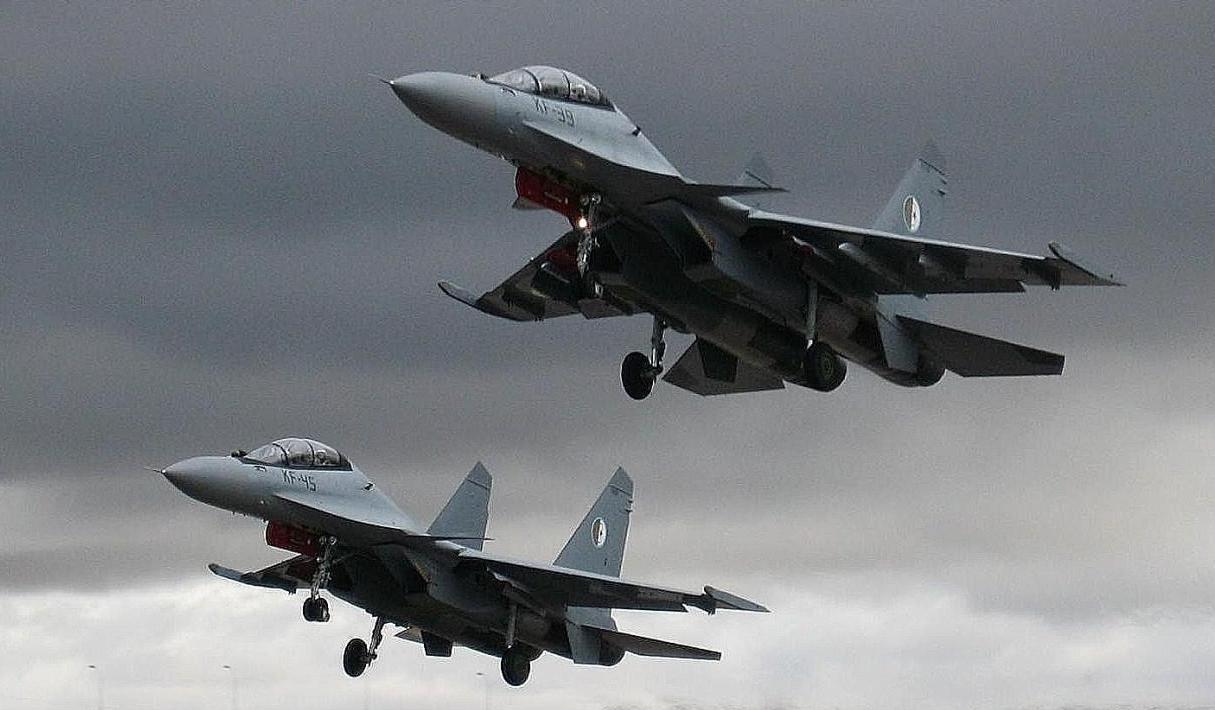
The Su-34 entered service alongside the Su-35 in 2014, and is also heavily based on the Su-27 Flanker airframe – though its parallel two seats make its profile highly distinctive. The aircraft is considerably less costly than the Su-35, and Algeria is likely to become the jet’s first export customer once negotiations are concluded. Other speculated future sales include further Yak-130 advanced trainer jets, MiG-35 light fighters to complement the capabilities of the Su-35, and possibly even Beriev A-50 or A-100 airborne Warning And Control Systems (AWACS) to help the country monitor its sizeable airspace and coordinate the activities of its fighter fleet. Ultimately Algeria’s armed forces remain a key partner for Russia’s defence industry, and historically a far more reliable ally in North Africa than Libya or Egypt.
With the country making considerable investments in defence and particularly in anti aircraft capabilities since NATO’s military intervention ousted the government of Libya, a longstanding Russian client, relations and cooperation are set to continue to strengthen – with Algeria also having been singled out as a leading potential client for Russia’s fifth generation Su-57 stealth fighters in the 2020s to complement its existing capabilities.
